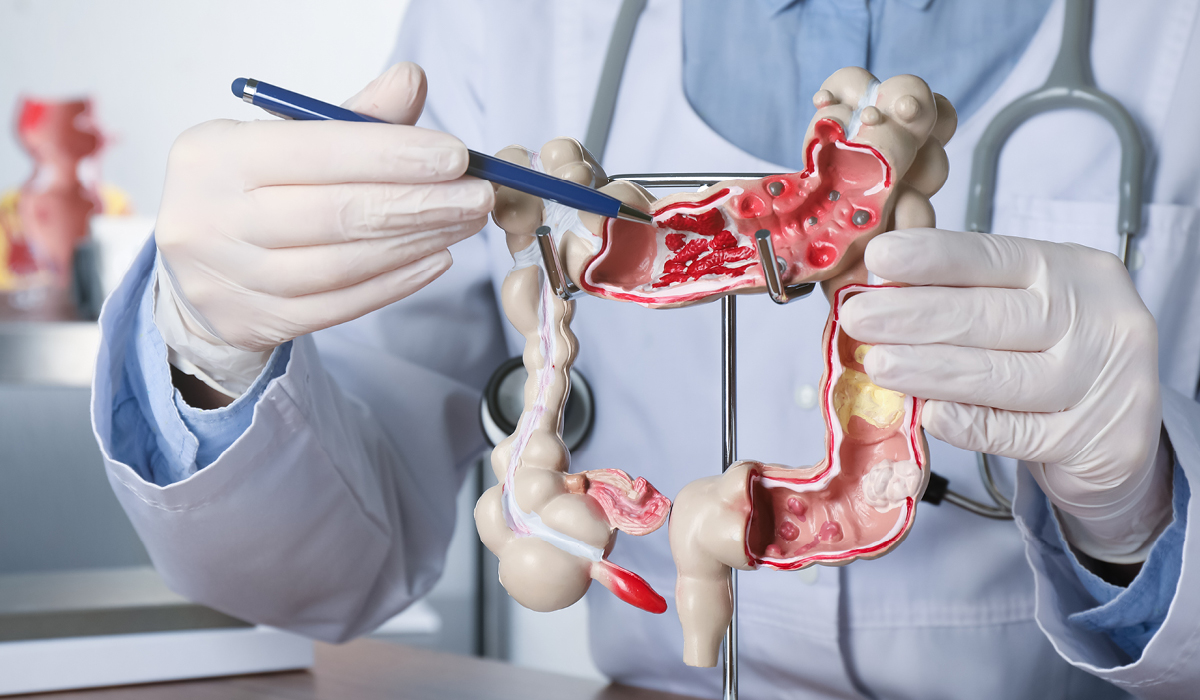CARTI North Little Rock Debuts New Technology for Precise Cancer Treatment
In June, CARTI North Little Rock began treating cancer patients with Vision RT — a new technology that makes sure radiation is delivered every treatment to the precise spot cancer has been detected. Although it is initially geared toward breast cancer patients to ensure the lowest possible dose to the heart, the applications go well beyond that diagnosis. It is one more example of how CARTI continues to be a leader in providing great technology to care for cancer patients of Arkansas.
RADIATION THERAPY
CARTI’s mission is to promote the finest quality cancer treatment and compassionate care and to improve our knowledge through education and research.
In our practice, we see a lot of women with breast cancer. Typically, the women have had surgery, and radiation is then used as a preventative treatment. We like to use the analogy of a broken glass. After you clean up the pieces you see, you sweep and mop to make sure you’ve gotten everything – including the pieces you can’t see. That’s what radiation does. It increases the rate of survival because it decreases the chance of cancer coming back.
IMRT AND IGRT
Intensity modulated radiation therapy, or IMRT, is a type of cancer treatment that uses advanced computer programs to calculate and deliver radiation directly to cancer cells from different angles. It allows people with cancer to receive more even doses of radiation while limiting damage to the healthy tissues and organs around it. In other words, you treat the areas you want to treat, and you don’t treat the areas you don’t want to treat. This increases your chance for a cure and lessens the likelihood of side effects.
Image guided radiation therapy (IGRT) takes IMRT one step further. The machines that are used to deliver the radiation are equipped with the imaging equipment so that we can confirm exactly where the tumor is in the body before and during treatments.
IMRT and IGRT are used at CARTI most often to treat prostate cancer, head and neck cancer, lung, and breast cancer. Part of the reason for this is that these tumors tend to be located close to critical organs and tissues in the body.
The radiation treatment process follows a fairly standard pattern. Patients generally have surgery, followed by chemotherapy for some, followed by radiation, which generally begins one month from surgery or chemotherapy.
For breast cancer, radiation patients have three to six and a half weeks of treatment, Monday through Friday, for about 10 minutes a day. The number of weeks depends on their age, type of cancer, and whether lymph nodes were involved with cancer.
BREAST CANCER TREATMENT AND RISK OF HEART DISEASE
Earlier this year, the American Heart Association issued a statement on the intersection of cardiovascular disease and breast cancer. Although many people assume breast cancer is the number one threat to women’s health, in reality, cardiovascular disease remains the leading cause of death among women.
They referenced a study that compared women who had left-side breast cancer to those who had right-side breast cancer. Both groups had radiation. The study found that women who had left-side breast cancer had a small but significant increased risk of heart disease 30 plus years after their treatment.
When treating cancer with radiation therapy, our goal is to deliver radiation to the breast area while protecting surrounding healthy tissue from exposure and potential damage. If a patient has left-breast cancer, we take extra precautions to make sure that their heart receives minimal radiation exposure during treatment. If the cancer is in the center part of the chest, we have to develop different plans to get the heart dose to safe levels. After that study and with new emerging technology available in the market, we started looking at ways to do things better.
VISION RT
Technology called AlignRT by Vision RT gives us a mapping of the patient’s surface to help us make sure the radiation is delivered to the right spot every treatment. Heart radiation damage is a widely acknowledged issue, and the goal with this software is to make sure patients treated for breast cancer don’t have to worry about heart disease down the road because of it.
In conjunction with Vision RT software, we have incorporated deep inspiration breath hold (DIBH) for left-breast cancer patients. DIBH is a radiation therapy technique where patients take a deep breath during treatment, and hold this breath while the radiation is delivered.
In left-breast cancer patients, the left anterior descending (LAD) artery is an important part of the heart that lies very close to the radiation field. By taking a deep breath in, the patient’s lungs fill with air and their heart will move away from their chest – providing more room to treat and sparing those critical structures.
During treatment planning, patients lie on their back for 3-D images to be taken of their body. They are asked to take and hold a deep breath – usually for 15 to 25 seconds – so that the breast area is as far from their heart as it can be. Then, during treatment, they will take and hold a deep breath in the same way as before. When their breast surface is at the right position, the display lights turn green, and AlignRT turns the radiation beam on. Using three cameras to monitor thousands of points on the skin, AlignRT can detect any motion as the patient holds her breath with submillimeter accuracy. If the patient moves out of position, the radiation beam is turned off.
A recent study showed that AlignRT when combined with DIBH effectively prevented radiation-induced abnormalities in blood flow to the heart. Of the breast cancer patients treated, 0% showed these abnormalities after six months. This compares to a previous study without AlignRT or DIBH, where 27% of patients showed new abnormalities in blood flow to the heart six months after radiation therapy.
Our clinical philosophy is to provide high-quality guideline-based care while caring for my patients as if they were my family. We are excited to incorporate another tool to help fight cancer aggressively even as we continue to protect my patients both in the short term and years to come.




